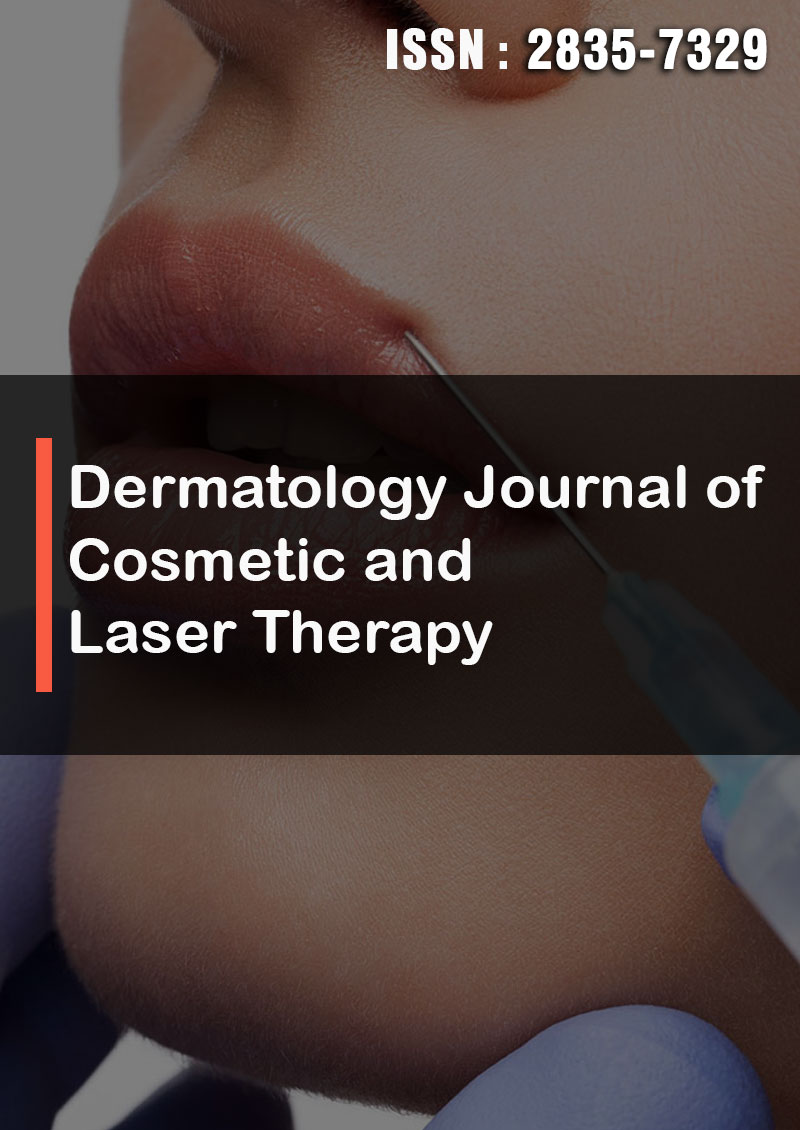Nanochitin and Nanolignin: Activity and Effectiveness
Abstract
Pierfrancesco Morganti, Alessandro Gagliardini, Gianluca Morganti
Worldwide consumers are considering the need to change their daily habits for having a more positive effect on the environment, boosting both health and economy. Thus they are seeking for natural- based, biodegradable, skin- and environmentallyfriendly products ,producing zero waste and being able to maintain the declared efficacy. Consumers became aware of waste and specifically of plastics by-products that, when discarded, are no more sustainable for land and the oceans ‘equilibrium. Microplastics, in fact, consumed as food from fishes, marine birds and mammals are entering into human food together with their content of toxic compounds. Thus the necessity to produce and use biodegradable goods and tissues made by natural, sugar-like polymers, such as chitin and lignin. These polymers, obtainable from fishery's and agro-forestry biomass respectively, are biodegradable, nontoxic, having a low cost also. Thus on the one the physicochemical characteristics and the relative market of both chitin and lignin have been reported, while on the other hand the method to produce some of their complexes at the nanosize has been described. Chitin nanofibrils, in fact, covered by electropositive charges, are easily complexed with the nano lignin' nano-fibers negatively charged, to obtain micro/nanoparticles which may encapsulate various active ingredients, such as nicotinamide, glycyrretyc acid, nanosilver, etc. Different obtained nanoparticles, therefore, have been bound to natural biodegradable fibers for characterizing and making non-woven tissues to be used in the medical and cosmetic field, as innovative products.




